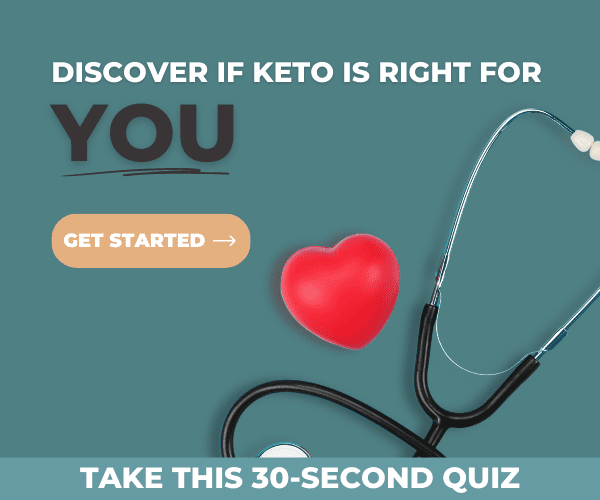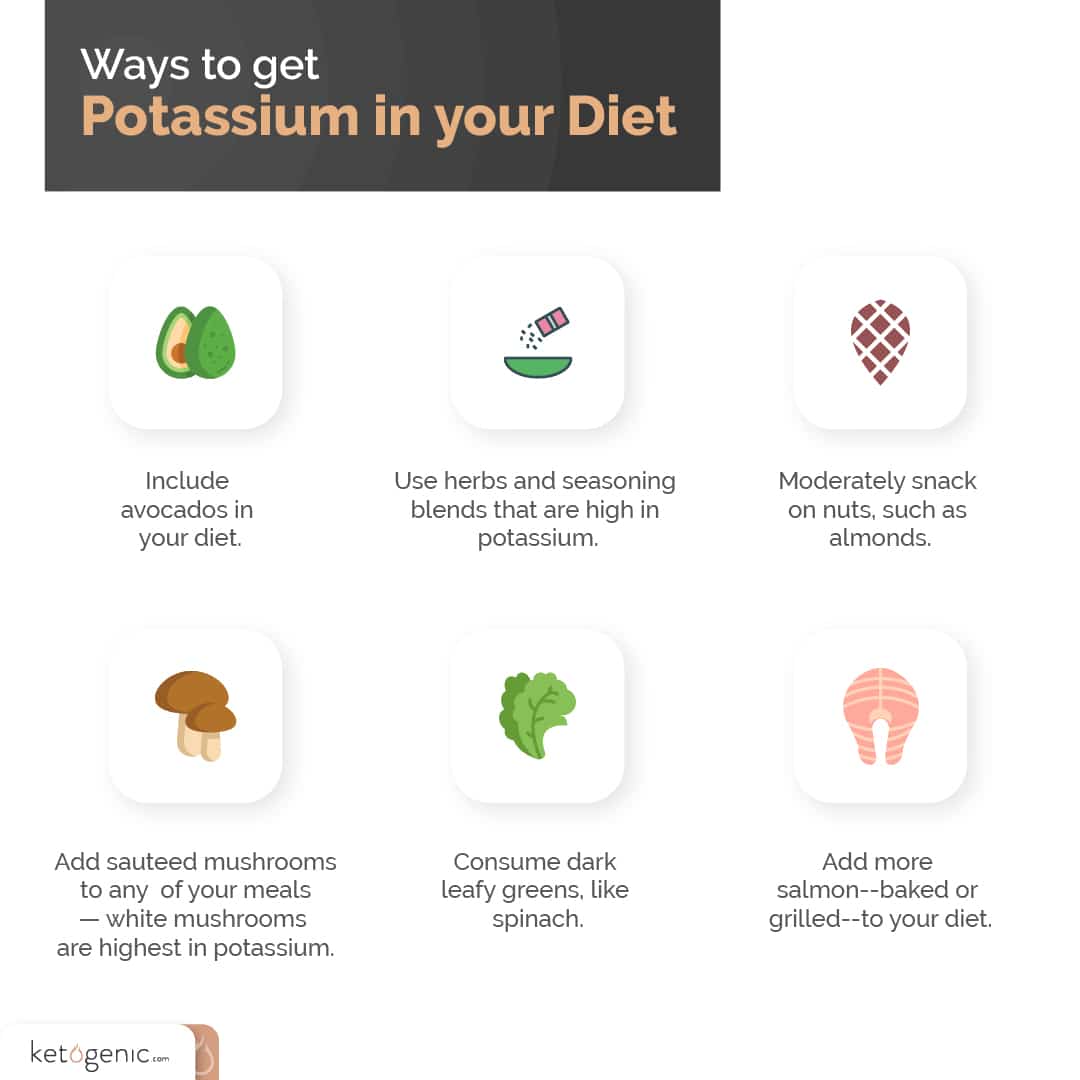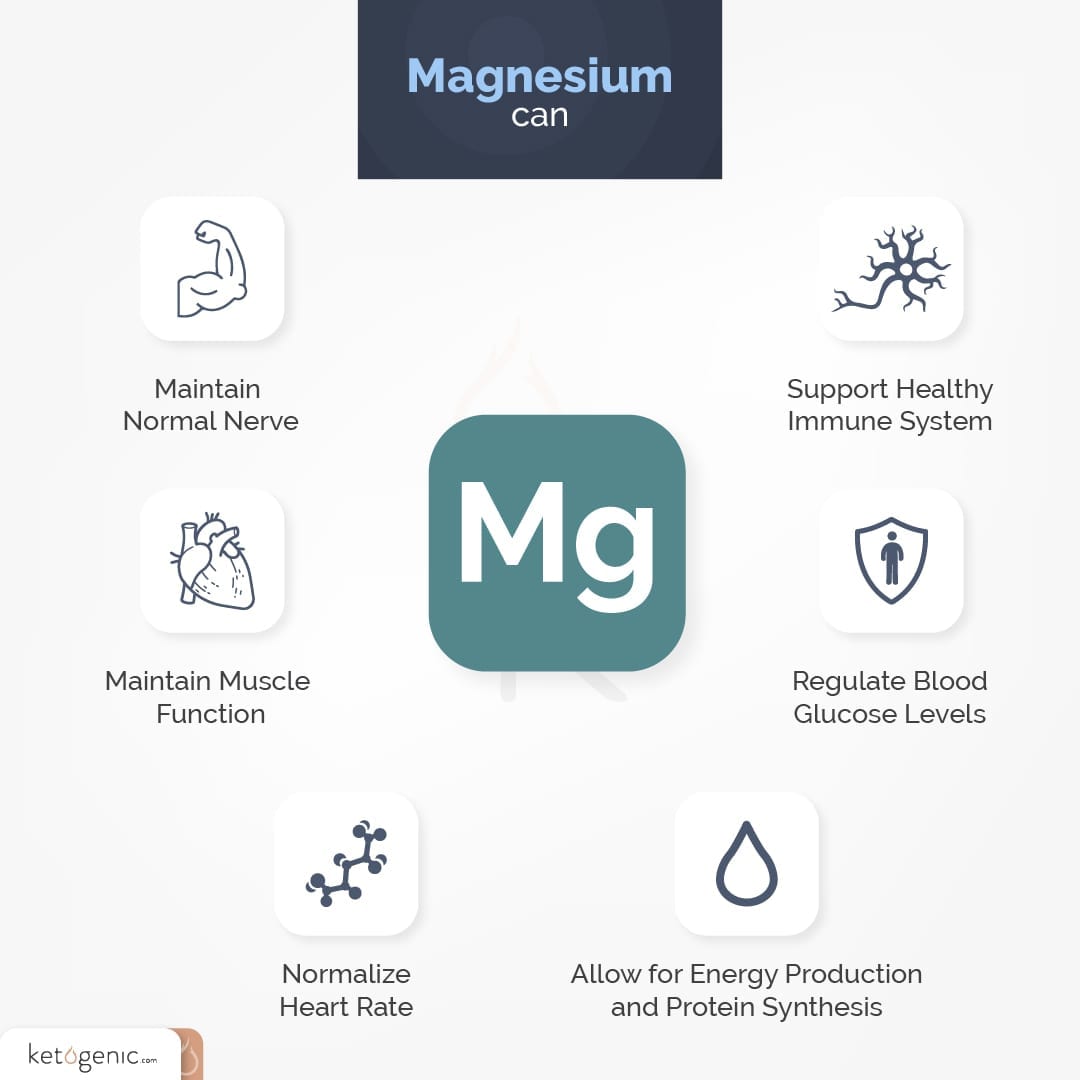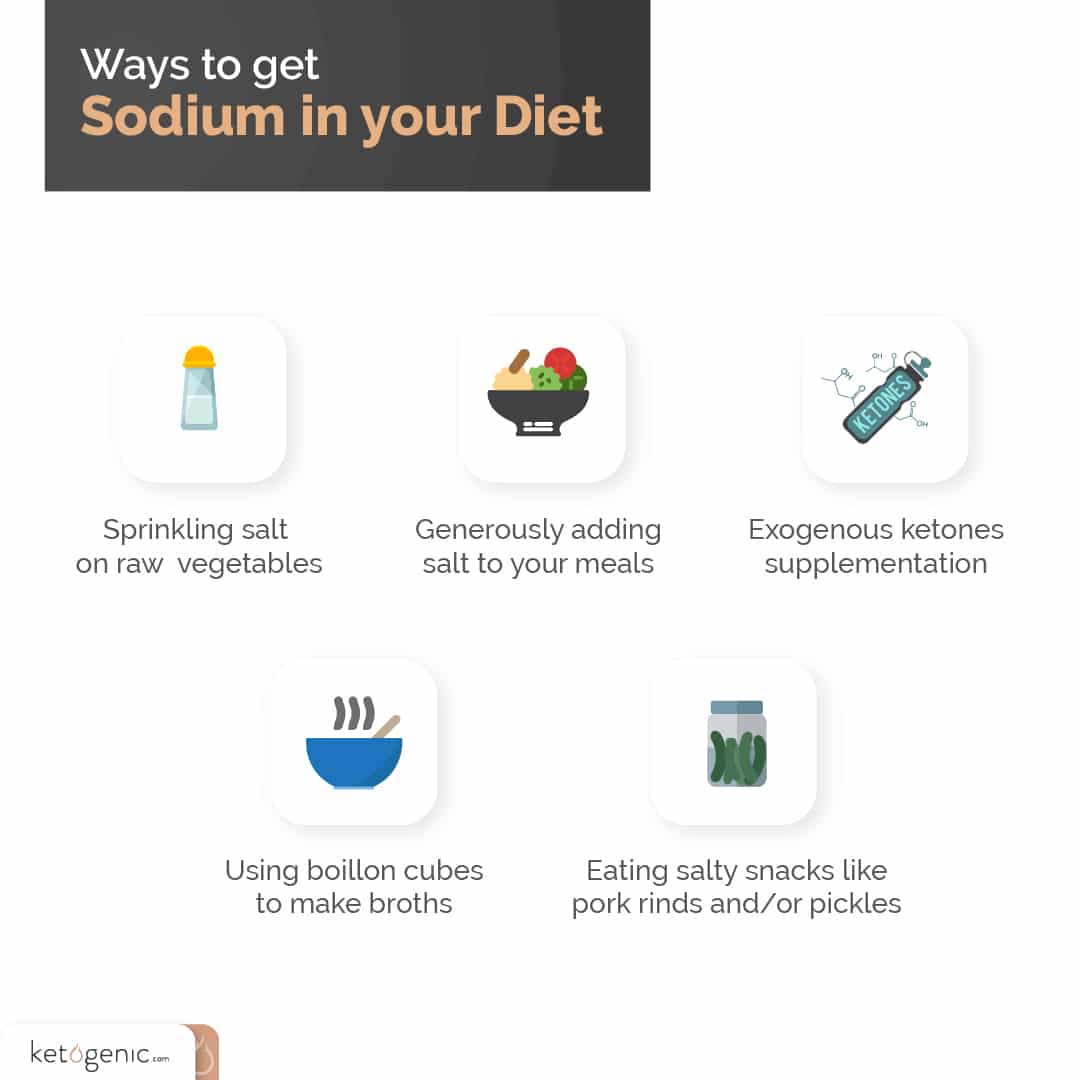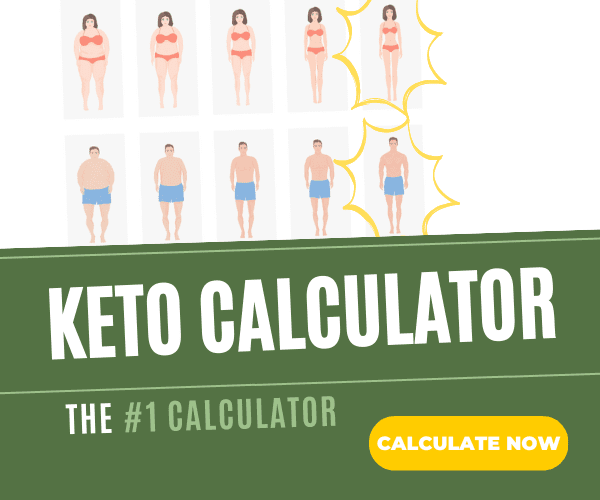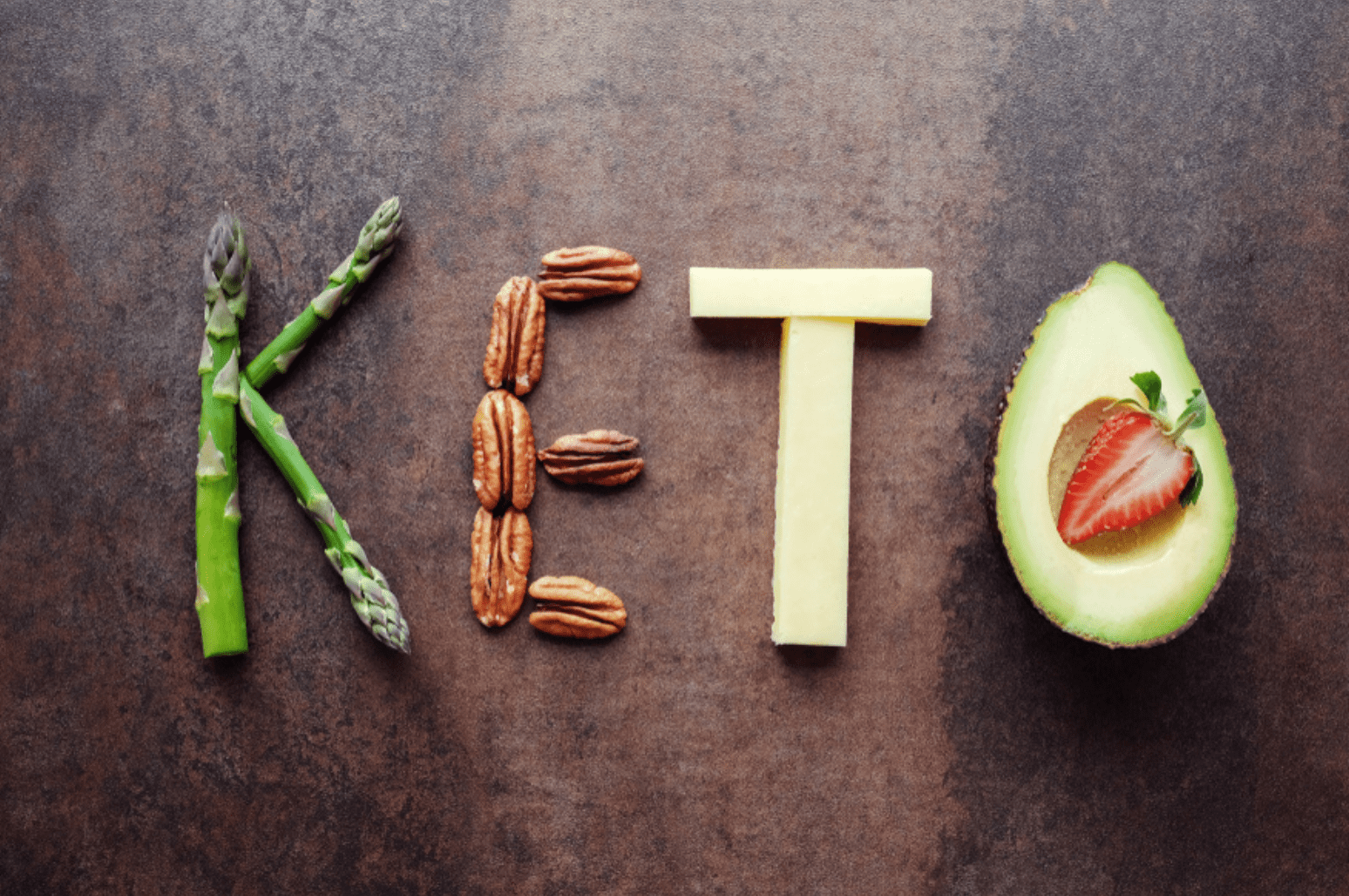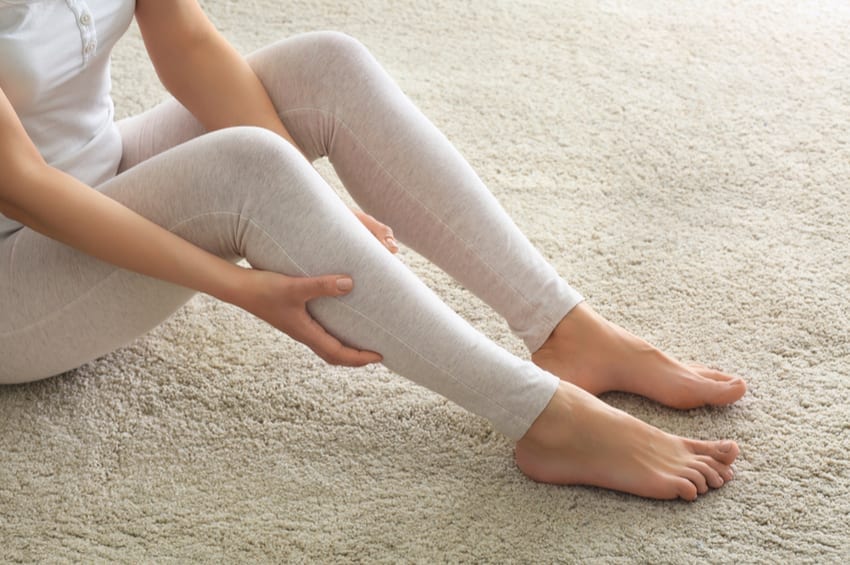
Why do some people experience leg cramps on keto? What could be causing these muscle spasms and how can you prevent it? Cramps are localized, involuntary muscle contractions that can be painful. They’re most common in the legs. Leg cramps can last several seconds or a few minutes. Most leg cramps are over in a few minutes [1].
Let’s delve into some possible reasons why this might happen and what you can do about it.
What Causes Muscle Cramps or Spasms on Keto?
People experience keto-related muscle spasms or leg cramps for several reasons, usually due to an essential mineral imbalance. The exact cause isn’t always clear and certain other general factors, such as insufficient blood flow, might also play a role [2].
1) Electrolyte Imbalance
When you reduce the carbohydrates in your diet, your body produces less insulin. The insulin hormone helps you process and store the sugar you eat and the foods that turn to sugar in your body (carbs). When you reduce the need for insulin, this triggers your kidneys to absorb less sodium, and more sodium is released in your urine. This can lead to sodium deficiency and electrolyte imbalance [3] [4].
Electrolytes are positively charged minerals that fuel hundreds of bodily processes. Electrolytes include magnesium, sodium, potassium, and calcium. If your levels of these important electrolytes are depleted, your nerve cells might become more sensitive, leading to pressure on nerve endings that might cause muscle spasms [5] [6]. Of all the electrolytes, low magnesium is also one of the most likely to cause muscle contractions and spasms.

You might lose more electrolytes through urination when you’re adapting to the keto diet. This is in response to the decreased levels of blood sugar and the insulin hormone. The electrolyte loss is typically greater during the first 1-4 days of transitioning to the ketogenic diet, so keto-related muscle spasms are worse during this time.
2) Dehydration
Transitioning to the keto diet often results in increased urination due to certain factors, such as increased sodium excretion and reduced insulin levels. This increased urination can lead to dehydration — another possible cause of muscle spasm. Dehydration is a common keto side effect that might increase your risk of leg cramps, so make sure you’re drinking plenty of water and staying hydrated [7] [8].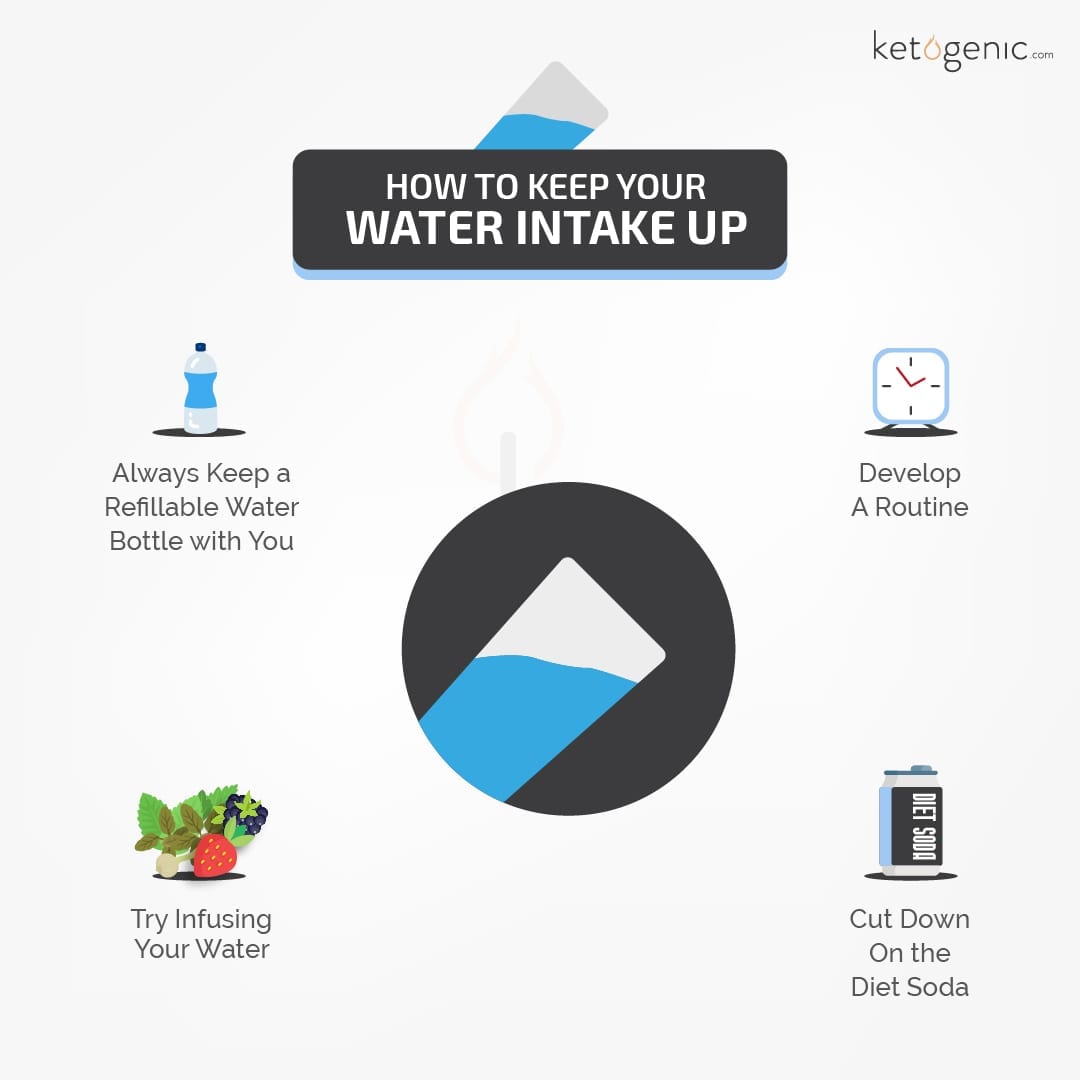
3) Caffeine!
Drinking too much coffee can increase your risk of getting leg cramps when you start keto since caffeine stimulates your muscles to contract. Caffeine is also a diuretic, so it helps take water out of your body, which can lead to muscle cramping and dehydration [9] [10] [11]
4) Exercising Without Hydrating
If you’re exercising, you lose both water and electrolytes in your sweat. Make sure you’re hydrated and getting sufficient electrolytes! [12].
5) Other Possible Causes
Other possible causes of muscle spasms that aren’t necessarily related to the ketogenic diet include certain medications, such as diuretics, statins, and asthma drugs, sedentary habits, strenuous physical activity, and medical conditions, such as kidney and liver failure [13] [14] [15].
Top Tips for Preventing Muscle Cramps on Keto!
Here are some useful tips for preventing muscle spasms on keto:
- Replenish your electrolytes with foods and supplements if needed
- Consume bone broth
- Salt your food to replenish sodium
- Drink plenty of water and stay hydrated
- Engage in gentle exercise and keep moving
- Cut back on or avoid alcohol, caffeine, and other diuretics
On keto, you have a plethora of low-carb, electrolyte-rich foods to choose from. For example, for potassium, eat swiss chard, avocados, onions, spinach, tomatoes, mushrooms, and beet greens to rebalance your electrolyte levels. For magnesium, you can eat pumpkin seeds, cashews, Brazil nuts, arugula, kale, broccoli, and oysters [16] [17].
If you have severe or persistent muscle spasms, you should visit your health care practitioner to rule out an underlying problem.
Do You Experience Leg Cramps or Muscle Spasms on Keto?
What are your top tips for preventing muscle spasms when transitioning to the ketogenic diet? How do you avoid the keto flu?
References
Young, G. (2009). Leg cramps. British Medical Journal Clinical Evidence,
Paoli, A., Rubini, A., Volek, J. S., & Grimaldi, K. A. (2013). Beyond weight loss: A review of the therapeutic uses of very-low-carbohydrate (ketogenic) diets.European Journal of Clinical Nutrition, 67(8), 789-796.
Tiwari, S., Riazi, S., & Ecelbarger, C. A. (2007). Insulin’s impact on renal sodium transport and blood pressure in health, obesity, and diabetes. American Journal of Physiology, 293(4), F974-F984.
Harvey, C. J., Schofield, G. M., & Williden, M. (2018). The use of nutritional supplements to induce ketosis and reduce symptoms associated with keto-induction: A narrative review.
Shrimanker, I., & Bhattarai, S. (2020). Electrolytes. StatPearls,
Miller, K. C., Stone, M. S., Huxel, K. C., & Edwards, J. E. (2010). Exercise-associated muscle cramps. Sports Health, 2(4), 279-283.
Kang, H. C., Chung, D. E., Kim, D. W., & Kim, H. D. (2004). Early-and late-onset complications of the ketogenic diet for intractable epilepsy. Epilepsia, 45(9). 1116-1123.
Gupta, L., Khandelwal, D., Kalra, S., Gupta, P., Dutta, D., & Aggarwal, S. (2017). Ketogenic diet in endocrine disorders: A current perspectives. Journal of Postgraduate Medicine, 63(4), 242-251.
Molema, M., Dekker, M. C. J., Voermans, N. C., Engelen, B. G. M., & Van Aarnoutse, R. E. (2007).Caffeine and muscle cramps: A stimulating connection.American Journal of Medicine, 120(8), 1-2.
Polhuis, K. C. M. M., Wijnen, A. H. C., Sierksma, A., Calame, W., & Tieland, M. (2017).The diuretic action of weak and strong alcoholic beverages in elderly men: A randomized diet-controlled crossover trial.Nutrients, 9(7),
Delacour, C., Chambe, J., Lefebvre, F., Bodot, C., Bigerel, E., Epifani, L., Granda, C., Haller, D. M., & Maisonneuve, H. (2018). Association between alcohol consumption and nocturnal leg cramps in patients over 60 years old: A case-control study.16(4), 296-301.
Turner, M. J., & Avolio, A. P. (2016). Does replacing sodium excreted in sweat attenuate the health benefits of physical activity? International Journal of Sports Nutrition and Exercise Metabolism, 26(4), 377-389.
Garrison, S. R., Dormuth, C. R., Morrow, Carney, G. A., & Khan, K. M. (2012). Nocturnal leg cramps and prescription use that precedes them: A sequence symmetry analysis.Archives of Internal Medicine, 172(2), 120-126.
Hallegraeff, J., de Greef, M., Krijnen, W., & van der Schans, C. (2017). Criteria in diagnosing nocturnal leg cramps: A systematic review.BMC Family Practice,
Maisonneuve, H., Chambe, J., Delacour, C., Muller, J., Rougerie, F., Haller, D. M., & Leveque, M. (2016). Prevalence of cramps in patients over the age of 60 in primary care: A cross sectional study.BMC Family Practice,
World Health Organization. (2012). Guideline: Potassium intake for adults and children.
Razzaque, M. S. (2018). Magnesium: Are we consuming enough? Nutrients, 10(12),

